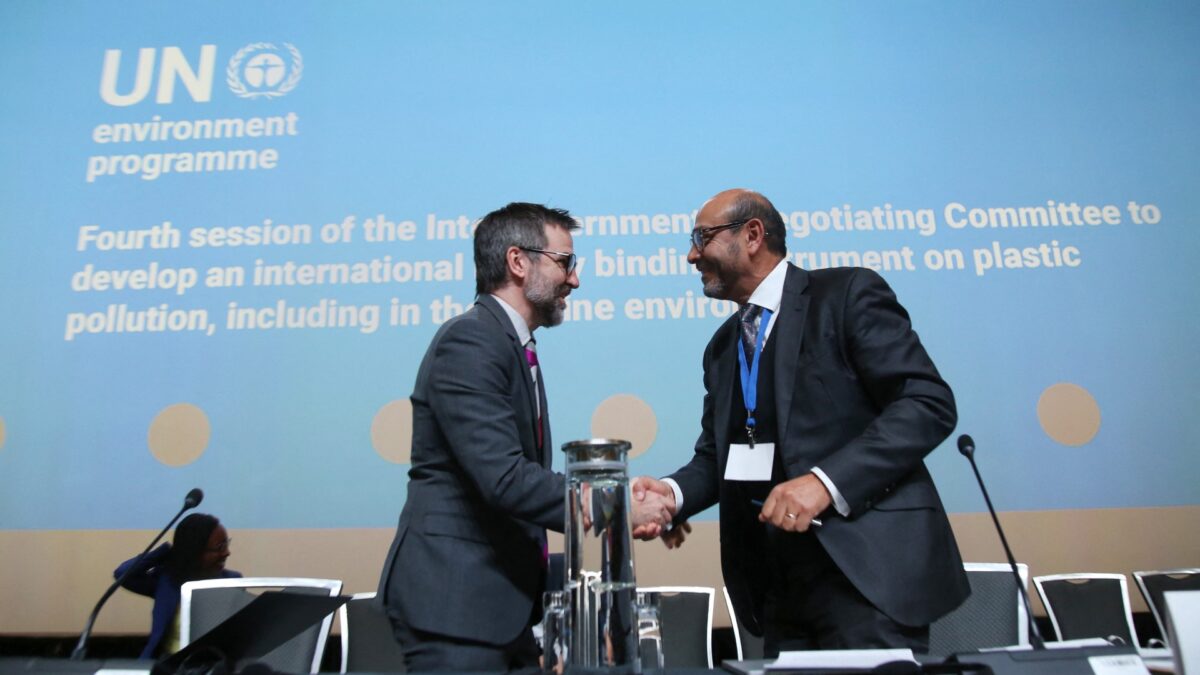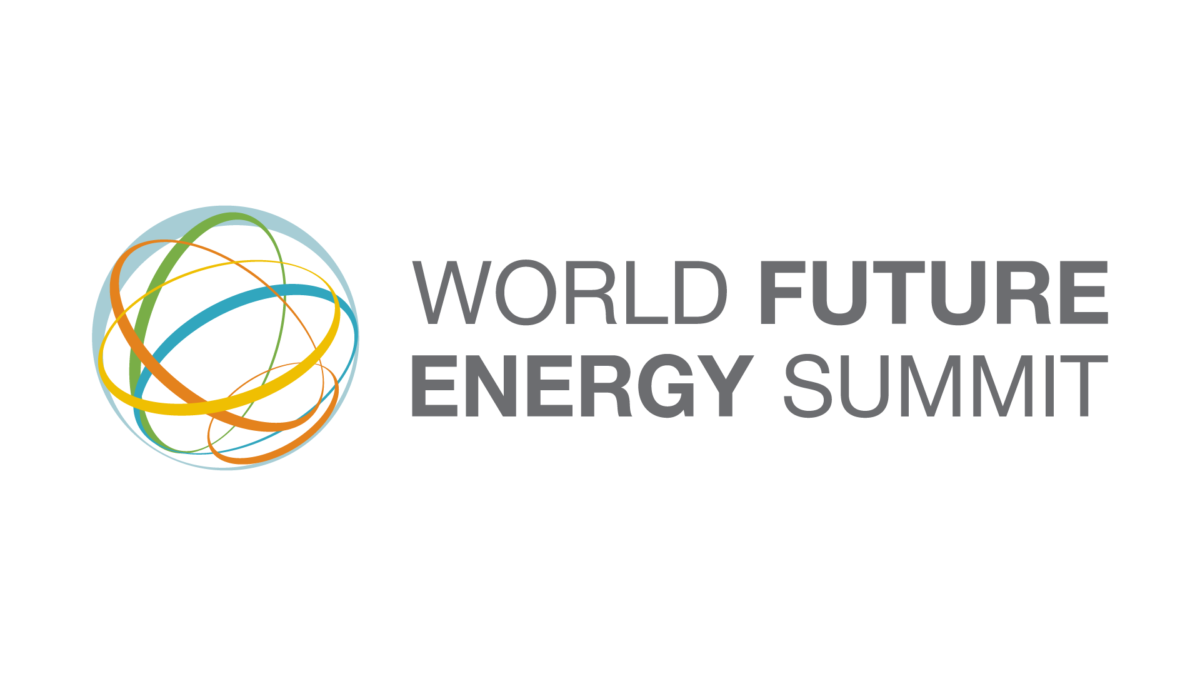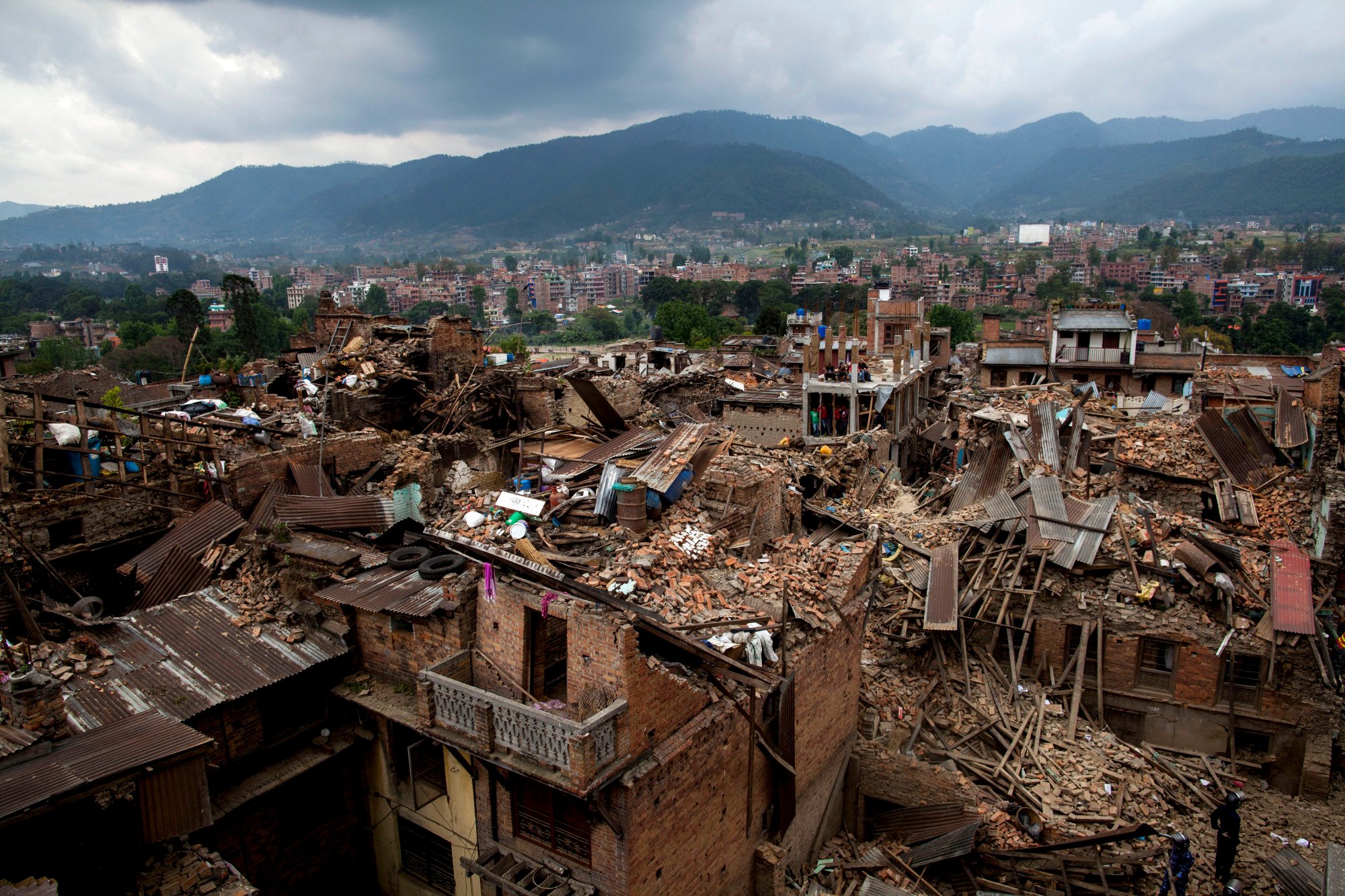According to Reporters Without Borders, India’s World Press Freedom Index score dropped from 36.62 to 31.28 during the last year. In South Asia, India is placed 159th, with Pakistan somewhat higher at 152.
India’s initiative of “Index Monitoring Cell”:
- Purpose of the Cell: The Index Monitoring Cell has been established to strive towards improving India’s press freedom rating. It would be made up of members from various government departments and trustworthy journalists recommended by the Press Council of India.
- Ranking Parameters: The cell will consult with institutions that produce the World Press Freedom Index, such as Reporters Without Borders, to gain a better understanding of the parameters and methodology used in the rankings. This will assist in developing an action plan to solve the concerns reported.
- Coordination with State Governments: The cell will work with state governments to select nodal officials who can offer frequent reports on the situation of press freedom and any challenges that journalists experience on a local level.
- Engagement with Stakeholders: The goal is to increase communication and visibility of efforts taken to protect press freedom and address issues identified by global media watchdogs.
- Reporting methods: Establishing effective reporting methods is critical to ensuring that the data and information supplied to ranking authorities are current and correct. This will assist to paint a more accurate picture of India’s press freedom environment.
Conclusion:
India must implement and tighten legislation to preserve press freedom and journalist safety. This includes legislation to protect journalists from harassment, assaults, and threats, as well as measures for prompt and effective legal action in situations of censorship or intimidation.
Source: https://www.thehindu.com/news/national/india-press-freedom-score-falls-says-reporters-sans-frontieres/article68136062.ece#:~:text=India's%20score%20in%20the%20World,by%20journalists%20in%20180%20jurisdictions.









